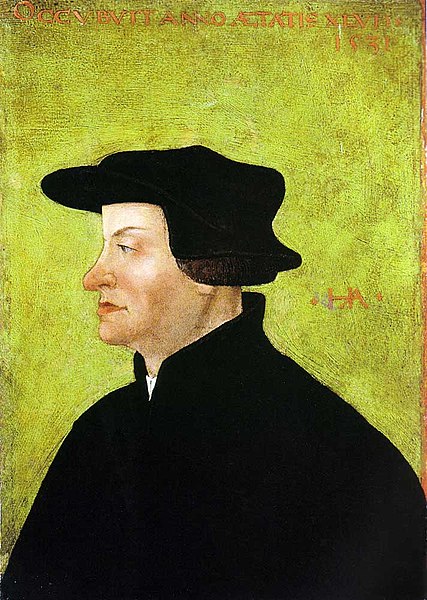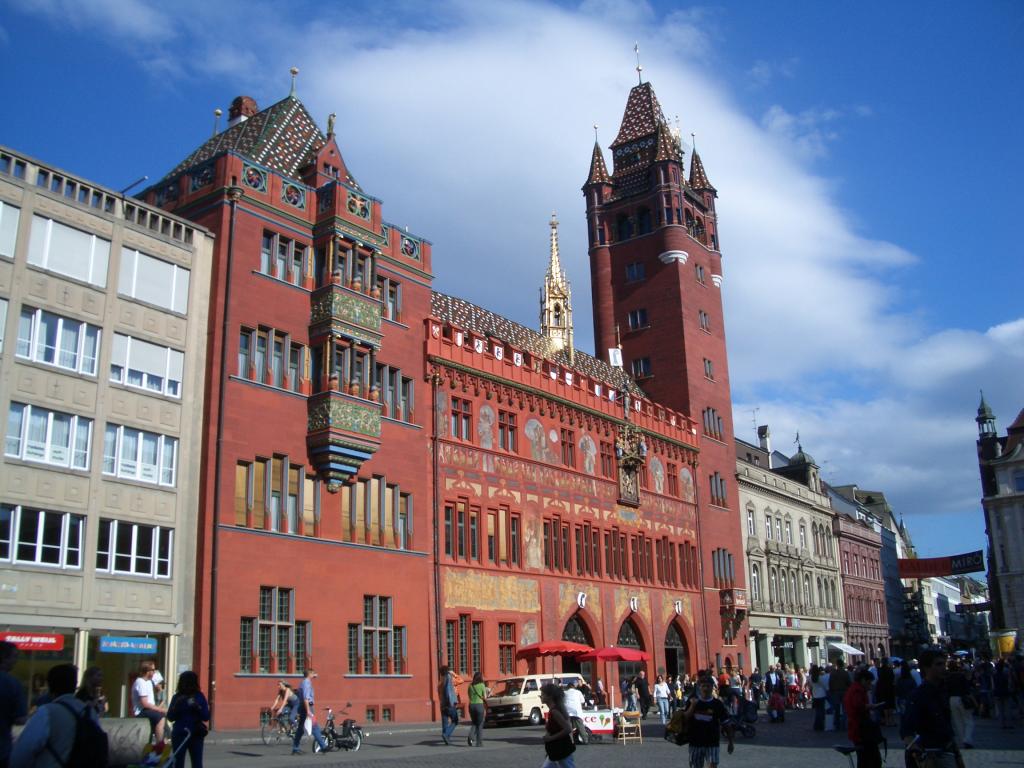Landschlacht, Switzerland, 3 December 2017
I want to run away.
As work increases and pressure mounts to accomplish as much as possible in this last month of the calendar year….
I want to run away.
And though employers try to distract us through Christmas parties from the pressure they themselves create, I find myself nostalgic, almost homesick, for Christmas markets I have previously known and loved during the years I lived in Freiburg im Breisgau and Lörrach in Baden-Württemburg in southwestern Germany.
I want to run back.
For this area – where a trio of national borders meet and are divided by the mighty Rhine River, (that begins to trickle from the distant Swiss Alps and flows mightily into the Atlantic at the Hook of Holland) – is home to some of the best Christmas markets I have ever experienced.

Of all the markets, and there are many, that the Christmas season inspires in northern Switzerland, southwestern Germany and eastern France, the best, in my opinion, are those to be found in the French province of Alsace, especially in places like Colmar, Kaysersberg and Strasbourg.

Above: Flag of Alsace
But once Christmas has passed, Alsace, though still beautiful and still worthy of tourism, seems to lose its charisma somewhat.

Above: Little Venice, Colmar

Above: Strasbourg Cathedral

Above: Kaysersberg
Colmar´s canals are still charming, Strasbourg´s cathedral remains impressive and Kaysersberg maintains its quaintness, but only Freiburg and Basel continue to consistently inspire tourists all year long.
(For more about Freiburg im Breisgau, see Where I Am of this blog.)
There is much I have yet to write about Freiburg, (and I will), for it remains the European city closest to my heart, but I want to share within this blogpost the wonders and fascination of the Swiss city of Basel.
I am inspired to write about Basel at the moment, for in my ongoing Zwingli Project that retraces the life and “footsteps” of one of Switzerland´s most famous religious reformers, I have learned that Huldrych Zwingli (1484 – 1531) after having completed his primary schooling in Weesen, then spent three years (1494 – 1497) in Basel to obtain his secondary schooling.
Above: Huldrych Zwingli
(See Canada Slim and…. the Road to Reformation, …the Wild Child of Toggenburg, ….the Thundering Hollows of this blog for more about the Zwingli Project.)
Then, after time spent in Bern and Vienna, Zwingli returned to Basel to complete his Master of Arts degree at the University of Basel. (1502 – 1506)

But, for reasons I have yet to understand, there is little ado made about Zwingli´s years in Basel and Basel does not seem overly motivated to promote its past connections with the reformer.
It is as if Zwingli´s time in Basel is as insignificant as the record of a butterfly´s flight through a field.

This intrigues me, for Basel, which thinks of itself as the hub of the universe, is quick to remind visitors of its role in world history.
Basel loves to tell the visitors all about events, discoveries and ideas, which may have seemed small and insignificant at the time later changed the world:
- The measurements of Gustav von Bunge (1844 – 1920) which laid the foundations for vitamin research and would draw attention to the dangers of sugar, alcohol and nicotine.
- The discovery of LSD (“This is such stuff as dreams are made of.”) by the chemist Albert Hoffmann (1906 – 2008)
(I like what Hoffmann wrote about his observation of a butterfly while on LSD:

Above: Albert Hoffmann
“When looking at such jewels of nature, thoughts can unfold concerning the whole of creation and our human existence within it.”
Is this what the mathematician, meteorologist and co-inventor of chaos theory Edward Lorenz had in mind, when he asked:
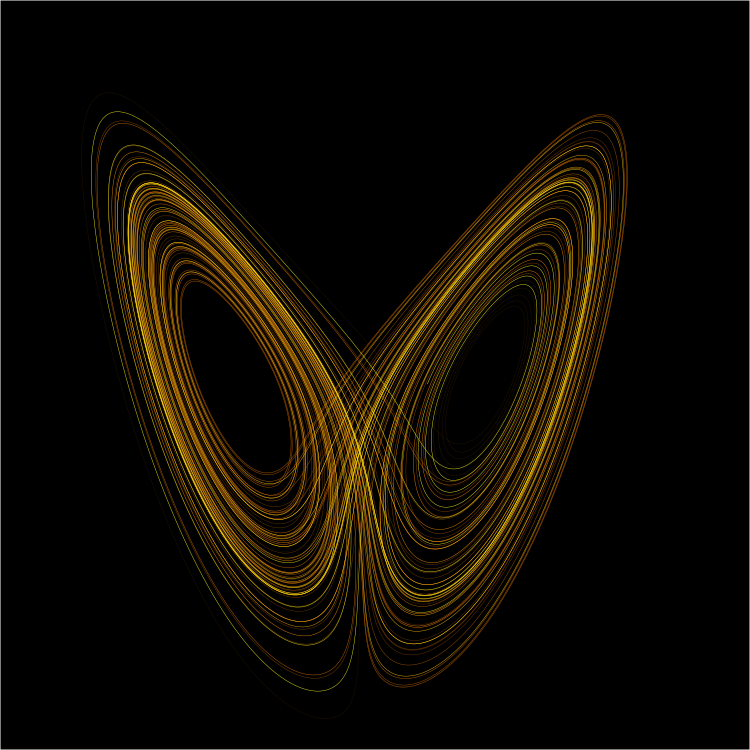
“Is it possible for the flap of a butterfly´s wing in Brazil to set off a tornado in Texas?”)
- Architect Hannes Meyer (1889 – 1954) and Bauhaus architecture
- Ice skaters Werner Groebli (1915 – 2008) (“Frick” from a small village near Basel) and Hans Ruedi Mauch (1919 – 1979) (“Frack”, Swiss German for a frock coat) whose skating colloboration was so seamless and so popular that their stages names crept into American English slang (“Frick and Frack”: a close partnership)
- Erasmus of Rotterdam (1466 – 1536) who published the world´s first book of idioms (Adagiorum chiliades, adagia selecta)(“The Ten Thousand Proverbs”) during his time in Basel (1514)
- The art of art dealing created by Art Basel (1968)
- Clara Zeltin´s 1912 “Bells of Basel” speech, proclaiming that the modern woman´s voice is mankind´s only real possibility for world peace would lead the call for women´s equality
- The Bank for International Settlements founded in Basel (1929)
- The Island of the Dead (1880), a painting by Arnold Böcklin (1827 – 1901), so popular that there are versions of it in major museums in Basel, Berlin, Dresden and New York….

Above: The Island of the Dead (Basel Version)
(In the 1930s Russian writer Vladimir Nabokov remarked that almost every house in Berlin had a print of Die Toteninsel.
As did Sigmund Freud, Lenin, Adolf Hitler, Sergei Rachmaninov, Heinrich Mann, August Strindberg, Friedrich Dürrenmatt and Gerhard Meier.)
- Intramedullary nails (“bone screws”) developed because a Basel woman´s dog broke its leg in 1943
- Vitamin C and cortosone synthesized by 1950 Nobel Prize for Physiology and Medicine winner Tadeus Reichstein (1897 – 1996), Professor at the University of Basel
- Tetteh Quarshie, a freed slave bought by the Basel Mission in West Africa in 1867 would go on to introduce cocoa production to Ghana
- The first edition of the sociology scientific classic best-seller The Civilizing Process by Norbert Elias first published in Basel (1939)
- Theophastus Bombastus von Hohenheim, aka Paracelsus (1493 – 1541), would begin the reform of modern medicine during his time in Basel (1527)
- The invention of “psychohistory” or “scientific prediction” by Basel scholar Johann Jakob Bachofen (1818 – 1887), which would inspire and challenge such great diverse intellectuals such as Karl Marx, Friedrich Engels, Thomas Mann, Rainer Maria Rilke, Carl Jung, etc.
- The creation of the natural conservation group that would eventually be named the World Wildlife Federation (WWF) (1870);
- The bittersweet development of dichlorodiphenyltrichloroethane (DDT) poison (1939)
- Basel town clerk Peter Och´s song of peace would lead to the Basel Peace of 1795 ending a bloody conflict between France and Prussia, giving Basel the name “the world´s rock of peace”
- The Council of Basel (1431 – 1449), the 7th and longest Council in church history
- Friedrich Nietzche´s first book of philosophy, The Birth of Tragedy from the Spirit of Music, published in Basel (1872)
- The discovery of cellulose nitrate (“guncotton”) by Basel University Professor Christian Schönbein in 1846, would form the basis of other developments such as celluloid and chardonnet silk, the world´s first synthetic fabric
- The first printed edition of the Qu´ran in a European language, the first translation from Arabic into Latin, in 1542 by a Basel Publisher, who would then later that same year would publish De humani corporis fabrica by Andreas Vesalius, which would not only set standards in the history of medicine but as well in the history of printed media for being one of the most beautifully printed books of that century
- “In Basel I founded the Jewish state.” – Theodor Herzl would hold the first Zionist Congress in Basel in 1897, which would one day lead to the creation of the modern nation of Israel.
- The creation of the Helvetica font (1956)
- The Bernoulli Crater on Earth´s moon is named after the Basel family of mathematicians (1687 – 1790)

So, in this cavalcade of Basel accomplishment, why isn´t the name of Switzerland´s famous religious reformer more celebrated in the city where Zwingli spent seven years?
Perhaps it is because it was not until Zwingli began his ministry in Glarus in 1506 that he began to develop his ideas about the necessity of change within the Christian Church.
Basel did not inspire Zwingli to desire church reform, for he was focused on learning how to function within the church.
Yet I am surprised that neither Basel tourism nor the authors of recent books on Zwingli during this year, the 500th anniversary of the Reformation, speak much about his time there.
Thus the Zwingli scholar or amateur historian is not driven to visit Basel in search of Zwinglian links.
And this is a shame, for there is much about Basel worth exploring and experiencing whether one is a history buff or not.
If there is one region of Switzerland that is pro-European, it is Basel, situated on the Rhine River exactly where Switzerland, Germany and France meet.
And this touching of national noses has inspired the success of Basel-Mulhouse – Freiburg´s EuroAirport and has led to the development of high speed rail links to Strasbourg, Paris, Frankfurt and Milan.

Basel is a proud city, frustrated that Zürich and Geneva garner the world´s attention, for Basel is a city of historic excellence in the fields of banking and pharmaceuticals.
Basel is a major port in Switzerland as the Rhine is the nation´s only outlet to an ocean.
It is one of Switzerland´s wealthiest cities and business is booming.
Every March, Baselworld is the most prestigious event in watchmaking and jewellery.

Every June, the art fair Art Basel is one of contemporary art´s highest profile gatherings with world famous artists and dealers packing the city with glitzy shows and events.
Every visit I have made to Basel, normally accompanied by my wife, shows me more new restaurants that have sprung up with fresh ideas.
The first rate museums and galleries never fail to delight.
Basel is both a mix of yesterday and tomorrow.
Explore the shopping streets between Barfüsserplatz and Marktplatz.
Climb the steep lanes leading from these squares to find leafy courtyards surrounded by 16th century town houses, medieval churches and the majestic, magnificent Münster dominating the skyline from its Rhineside terrace.

Above: Basel Cathedral
Ride a tram, cross the Rhine a number of times by ferry, linger at a terrace café, grab a bite at a fast food joint and party hearty in one of the many racuous pubs.
Architects will joy-gasm upon seeing the Yellow House, while children of all ages will dance with excitement in the Doll´s House Museum with a forest of teddy bears.
Above: Roger Diener´s Yellow House, Basel
The elegant white church overlooking Barfüssplatz, the Barfüsserkirche, built by and named after the barefooted Franciscans, is home to the Basel Historical Museum, with its monumental choir stall and sumptuous tapestries.
Here one can both laugh at life and dread death.
Here is the original 1640 Lällekeenig (Tongue King) which once adorned the gate (demolished in 1839) of the Mittlere Brücke (Middle Bridge)(for centuries the only bridge over the Rhine between the Bodensee (Lake Constance) and the North Sea).
Above: The Tongue King
The Tongue King would greet arrivals with rolling eyes and stuck-out tongue controlled by a clockwork motor.
Here in the Garden of Love two lovers play cards inside a summer pavilion.
The man slaps down a card with the words:
“That last play of yours was a good one!”
The woman nods in triumph:
“And it´s won me the game!”
The Battle of the Sexes is eternal.
Man will never win, but, oh!, what a sweet surrender!
The Dance of Death, originally part of a 60-metre long mural that once covered the cemetery wall of Basel´s Dominican convent (demolished in 1805) graphically depicts, in a macabre reminder of human mortality, people of all different ages and professions on a morbid march leading to the cemetery´s charnel house.
In the market square lined by shops, reached by descending down the dense network of narrow, sloping medieval alleys, such as Tailor Street (Scneidergasse), Saddle Street (Sattelgasse) and Ginger Alley (Imbergässlein), crowds gather at a myriad of fruit and vegetable stalls, beneath the shadows of the elegant scarlet Rathaus (City Hall).
Above: Rathaus, Basel
Climb steep quiet old lanes towards the former city walls to the Gothic Peterskirche with its secret frescoes.
Above: Peterskirche, Basel
Follow narrow Spalentorstadt to the Spalentor, the most elaborate of the surviving city gates, with massive wooden doors and a huge portcullis.
Above: Spalentor, Basel
The small Swiss Jewish Museum has many interesting items on the history of the Jews in Basel.

As you wander through the old residential quarter make your way to the St. Leonardskirche, with porthole windows and a cat´s cradle vaulted ceiling.
Above: St. Leonhardskirche, Basel
Curse yourself and your unfit condition as you climb the tightest, narrowest spiral staircase in Christendom to reach the church´s gallery.
At the Münster, Basel´s cathedral, see St. George slay a Dragon, while a foolish virgin is led astray by a scheming Satanic seducer.
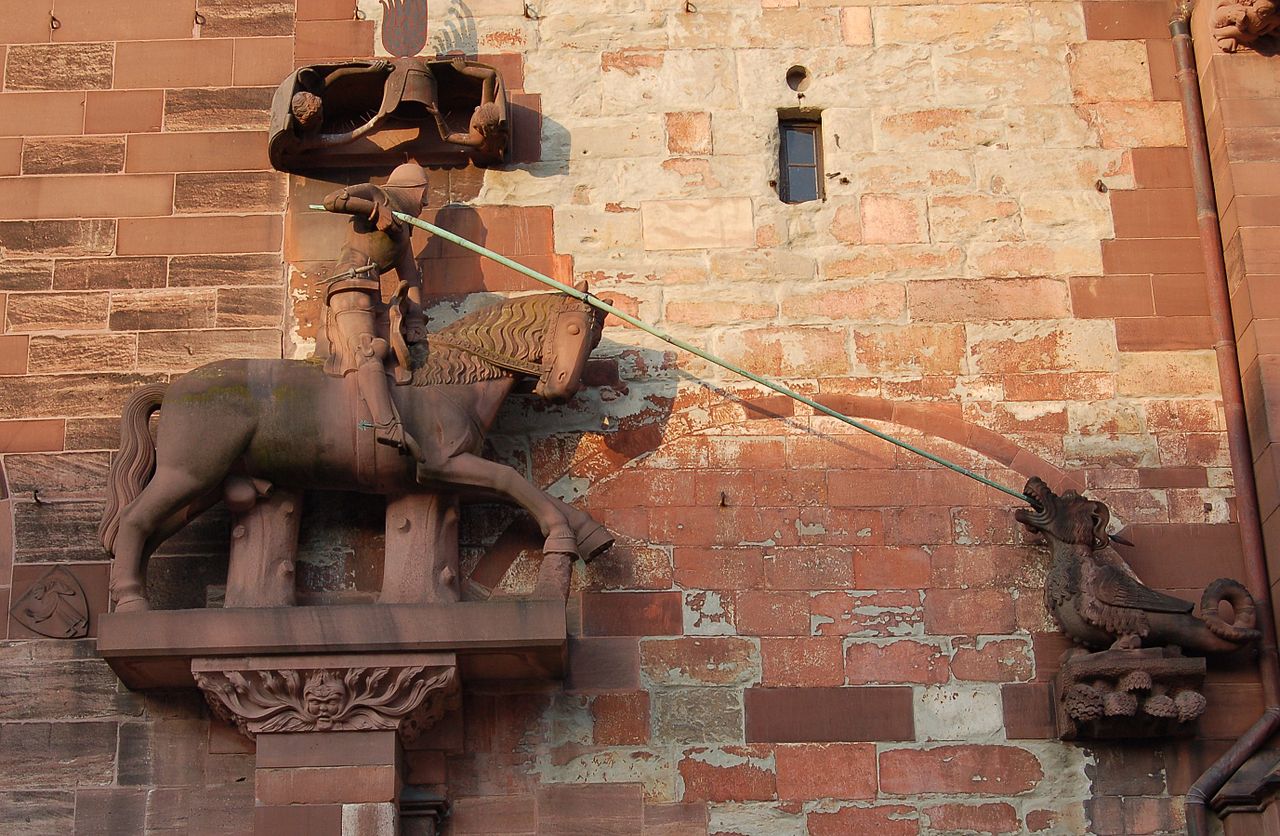
Within the Münster is the tomb of the Renaissance humanist Erasmus.
Near Erasmus´ final resting place, St. Vincent is shown speaking for his bishop, flogged for doing so, tortured and led to a furnace.
Angels carry his soul to heaven while ravens protect his body before it is dumped at sea, retrieved and buried in a proper tomb.
Off alleyways leading from the Münster the wanderer finds the Cultural Museum and Natural History Museum.
The narrow lane of Rheinsprung leads to the St. Martinskirche beside the curiously named Alley of the 11,000 Virgins (Elftausendjungfern Gasse), commemorating the martydom in Cologne (Köln) of St. Ursula and her legendary company of female supporters.
Above: St. Martinskirche, Basel
Visit the Kunsthalle with big white rooms staging a continual flow of cutting edge contemporary art shows.

Above: Kunsthalle, Basel
See the Architecture Museum (joy-gasm!) showcasing the work of Swiss and international contemporary architects, then compare new with old at the Antiquity Museum featuring treasures of ancient Egypt and the Middle East.
Basel´s world famous Kunstmuseum, a stern and forbidding building with marble floors, high ceilings and grand staircases offers Dali´s nightmares, Impressionists artists that impress, Giacometti´s cat that lingers in the mind long after it is seen, and wood that flows from the imaginations of Kirchener and Scherer.

And Basel loves Picasso.
Above: Picasso´s Arlequin assis
Dostoyevsky became obsessed with Hans Holbein the Younger´s (1497 – 1543) Body of the Dead Christ in the Tomb (1521) when he visited the Kunstmuseum in 1867.

He climbed on a chair to get a better view of it and then started to yell:
“Holbein was a great painter and a poet!”
His embarrassed wife, who thought he was about to have a fit, hurriedly rushed him from the room.
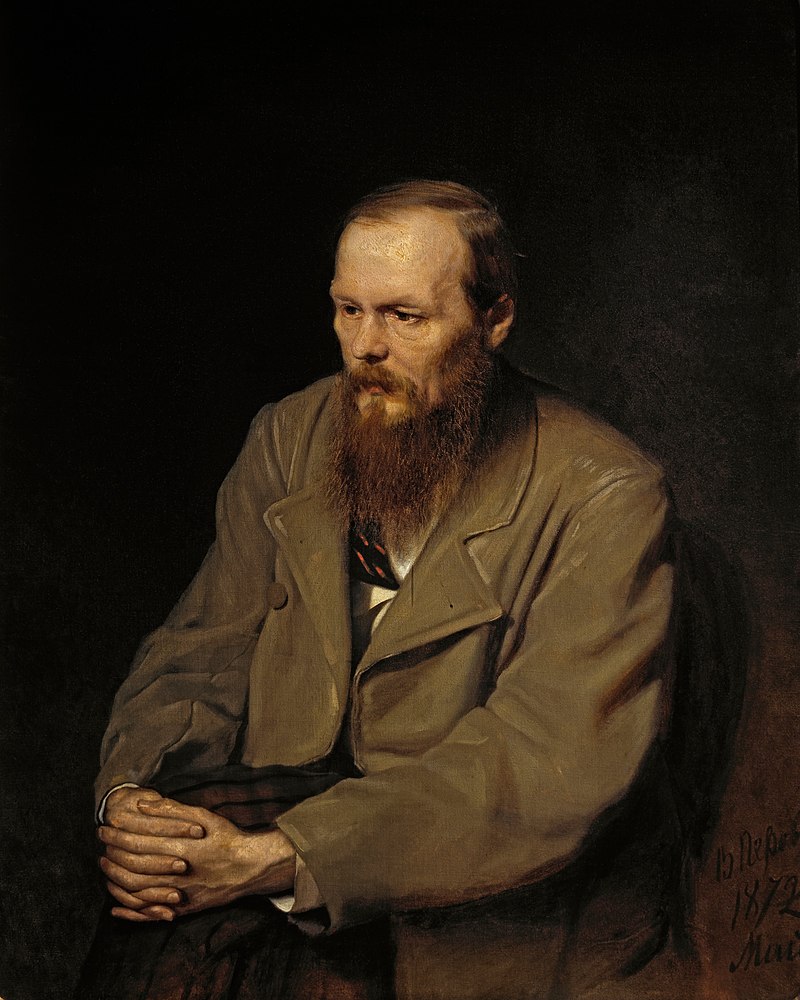
Above: Fyodor Dostoyevsky (1821 – 1881)
Holbein´s work subsequently popped up in Doestoevsky´s novel The Idiot, when a character´s recollections of the painting cause him to question the existence of God.
Down to the river to visit the Museum of Contemporary Art, free with admission to the Kunstmuseum, then be surprisingly captivated by the nearby wonderful Swiss Museum of Paper, Writing and Printing within the Basel Paper Mill.

Above: Basel Paper Mill
The water wheel keeps on rolling and amongst the exhibits of paper and typography, the Museum stages demonstrations of typecasting, typesetting, bookbinding and papermaking, where you can physically follow and imitate the complete process from wood pulp to final printed product.
A must see on any wanderer´s itinerary is the Museum Tinguely, on the north bank of the Rhine, in Solitude Park under the Schwarzwaldbrücke (Black Forest Bridge).
Jean Tinguely (1925 – 1991) is perhaps Switzerland´s best-loved artist, who combined static sculpture with mechnical motion using scrap metal, plastic and everyday junk to create maverick post-modern Monty Pythonesque machines that joyfully shudder, squeak, clank, bang and scrape in an entertaining-for-all-ages parody of our modern performance-driven and speed-obsessed world.

With bonging bells and crashing cymbals, with smoke and smell and fireworks, this is art at its most inspirational and imaginative and interactive best.
Hop on a tram to Riehen, the city´s most northern limits and on the border with Germany, and visit a museum that commands respect throughout the art world, the Fondation Beyeler.

Above: Fondation Beyeler, Riehen, Basel
Beyeler has created a masterfully exquisite building, housing exceptionally high-quality art collections of works of some of the 20th century´s greatest artists – Rothko and Rodin, Klee and Kandinsky, Matisse and Mondrian, Miró and more.
Then reminscient of Monet, the visitor can contemplate the waterlilies in the watery gardens outside the floor-to-ceiling windows.
But life is not all museums and monuments, for Basel knows how to celebrate life with its ancient masked carnival, Fasnacht, a time of blazing bonfires and lantern processions, streets filled by celebrants dancing in papier mâché heads atop jester costumes, cakes of icing sugar and caraway seed pretzels, and music, music, music.
Basel´s Fasnacht is a festival of fools, a topsy-turvy unforgettable feast of joy and excitement.
Somehow no one thinks of the Zwinglihaus, Basel´s Reformed Church, during Fasnacht.

Perhaps this is why Zwingli goes unheralded in Basel, for religious reformers are rarely known for their party personas, and God and business are an uneasy mix in this city of the wealthy and prosperous.
For a tourist, Basel is a city of the beautiful butterfly not the endlessly engaged bee.
Basel´s butterfly effects of open-mindedness, a work ethic happily balanced with an appreciation of the need to find pleasureable respite from profit-earning, resonate with the visitor and are felt upon the visitor´s return home.
The flutter of butterfly wings will be felt far beyond the banks of the Rhine where three countries congregate.
Let Zürich claim Zwingli.
Basel is doing just fine without him.

Sources: Facebook / Google / Wikipedia / Lonely Planet Switzerland / The Rough Guide to Switzerland / Matthias Buschle and Daniel Hagmann, How Basel Changed the World / Marcel and Yvonne Steiner, Zwingli-Wege: Zu Fuss von Wildhaus nach Kappel am Albis

